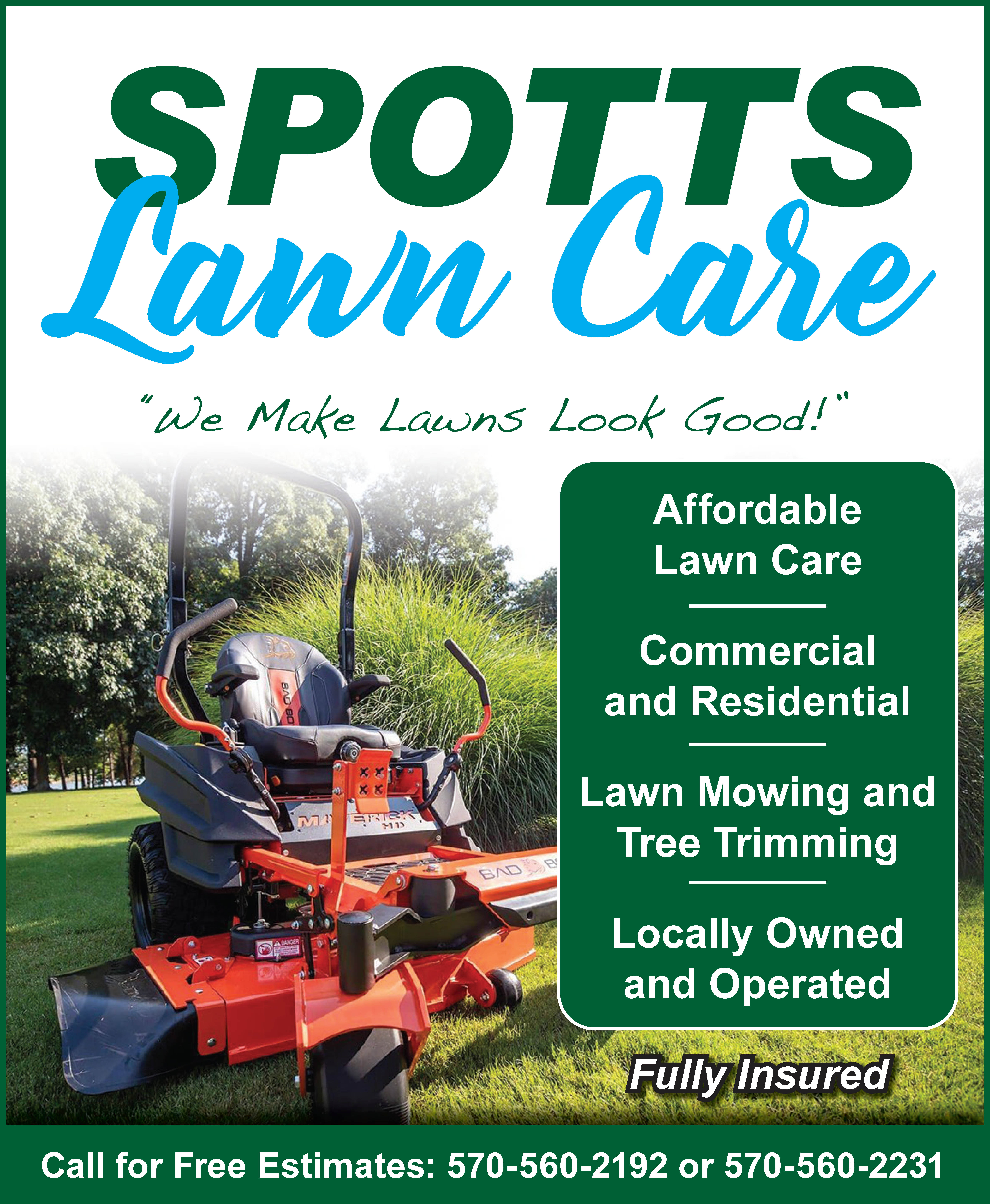EXISTING TREES:
As a starting point, you should do a survey that identifies the trees currently on your property that provide feed for wildlife, such as oaks, beech, black cherry, walnut, butternut, hickory, chestnut and old apple trees. Also note the existence and location of evergreens that provide cover for wildlife. Use this data to help plan where and what you can do to maximize their benefit for both game and non-game animals and birds. If you can, avoid cutting down any of the cover or food producing species and work future plantings or food plot developments around these existing trees. Keep in mind that white oak acorns are preferred by game – over acorns produced by any other of our native oaks.
Consider daylighting (removing surrounding trees that are taking some of the moisture and nutrients from the target tree) some of these native trees to aid in their growth and feed production. Daylighting is particularly beneficial to old existing apple trees. When laying out an area for a food plot, you might leave these trees standing along the edge of the food plot or remaining in an “island setting” in the middle of the plot. Thus, they will receive more sunlight and having less competition from nearby trees, allowing them to be more productive. Pruning out dead limbs and sucker growth on these apple trees is very beneficial for the long-term health of the tree. It would also be very beneficial to fertilize them twice per year with 10-10-10 fertilizer.
PLANTING TREES FOR WILDLIFE:
When looking into what trees to plant that will add to your inventory of trees that benefit wildlife, try to stick with native stock. Over the years, various state agencies and well-intended organizations have promoted different “new” trees and plants that were supposed to be the latest and greatest thing to plant for wildlife – only to, years later, label them as invasive plants that should be removed wherever possible.
Most birds and animals prefer a variety of food in their diet, so look into what and when the trees you will plant will bear their fruit or nuts. Trees that you are adding can be either planted in an orchard setting, along existing edges of fields or forests or incorporated in the design of a food plot. Apple, crabapple, American plum, and pear and persimmon trees will produce desirable soft mast. Native flowering dogwoods yield berries that wildlife will eat and the trees add color to the landscape as their flowers bloom in the springtime. Chestnut, oaks, hickory, walnut, butternut and American hazelnut trees yield hard mast for deer, turkeys and other wildlife. With any of these trees that you may be adding to your habitat, it is best to plant more than one, in case cross-pollination requires more than one of the species. Any of these new trees will prefer open sunlight, thus will do well in an orchard setting or along field or forest edges or the transition zone between an open food plot and nearby forests.
Keep in mind that any seedlings you plant will need protection from browsing by deer or damage by curious and mischievous black bears. A wire cage will protect the young tree from damage from deer activity, and you may have to consider something much sturdier if bears might be a problem in your area. A spiral cover should be added at the base of seedlings to prevent girdling from mice or other rodents.
Feed any new seedlings twice each year with a cupful or two of granular 10-10-10 fertilizer. As the seedling grows, the fertilizer should be placed in a circle at the outermost dripline of the branches. Pruning out any damaged limbs, sucker growth and shaping the tree by pruning will make for a healthier tree.
A noteworthy source of chestnut trees is Tree Pro in Indiana, (www.treepro.com), particularly because they have hybrid varieties of chestnut trees that tend to produce nuts in the specific months of August, September, October or November. Most chestnut trees will produce nuts for a duration of a few weeks, but combining these four varieties when planting will yield months of production.
Our area nurseries carry a selection of numerous varieties of habitat improvement trees in potted or bare-root seedlings, or you can order them for springtime of fall planting.




Leave a Comment
Your email address will not be published. Required fields are marked with *